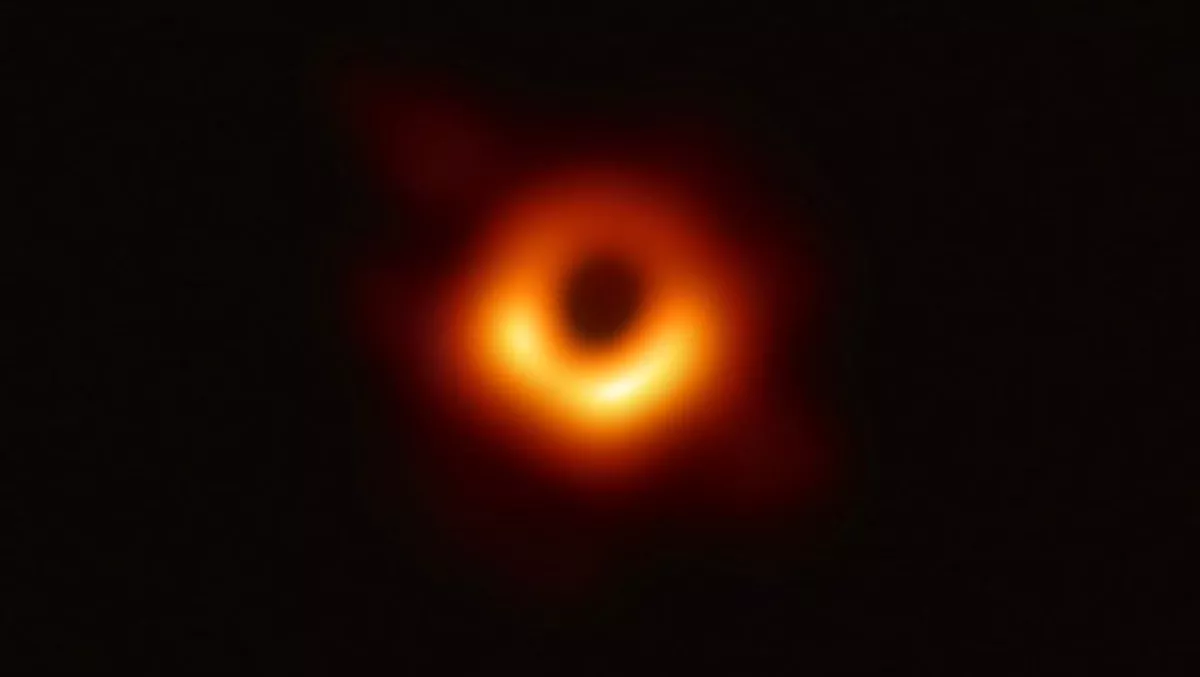
Experts: Why the Black Hole Photo matters
This week, NASA released the first ever photograph of a black hole they took using the Event Horizon Telescope (EHT) - an array of radio telescopes stretching the globe.
The image as sparked media interest and a healthy fame in the meme-iverse as our very own Eye of Sauron.
But the ramifications of this discovery are more than just top tier content for social media, it proves that the maths scientists have working with for decades is sound.
University of Canterbury, Canterbury Distinguished Professor Roy Kerr was one of the scientists who worked on the theories that this image proves back in 1963, expanding on Einstein's work to further our theoretical understanding of the universe.
University of Canturbury School of Physical and Chemical Sciences Professor David Wiltshire explains that the image proves that Kerr's theorical work was accurate in its predictions.
"We can now create a close-up image of light bending around a 6.5 billion solar mass black hole 55 million light years away. Wow! This discovery, like that of gravitational waves a few years ago, marks another important milestone in understanding the strong gravity of black holes," Wiltshire comments.
"It is also a red letter day for Canterbury Distinguished Professor Roy Kerr, whose solution of Einstein's equations describes these objects. As the abstract of the last of several papers in Astrophysical Journal Letters notes: 'This measurement from lensed emission near the event horizon is consistent with the presence of a central Kerr black hole, as predicted by the general theory of relativity.
Kerr says that he is excited for where this discovery will lead.
"The EHT photo is just the beginning of a new phase in the understanding of our universe. The visual evidence will continue to get more and more sophisticated.
"I was surprised that the best image was not Sagittarius A* (a supermassive black hole at the centre of the Milky Way) but was a super-massive black hole 2,000 times further away, and 2,000 times larger.
University of Auckland Physics Department head Professor Richard Easther explains that this is not just any black hole that NASA's team has candidly captured, but "what is likely to be one of largest black holes in the universe.
"This is an iconic image and marks the beginning of a new era for both astronomy and fundamental physics.
"This image is a story of extremes - we are validating our deepest ideas about the physical world by testing them in the most extreme environment we can imagine. We do it by coordinating a network of telescopes in locations ranging from the South Pole to the high Andes, and must then crunch a literal truckload of data to make sense of it all. It's a stunning achievement."
Wiltshire continues that this discovery "is a great step forward for science.
"More is coming in the next decade as technology finally catches up with general relativity just over 100 years after Albert Einstein conceived it, and over 50 years since Roy Kerr discovered its most important solution. Watch this space!"


